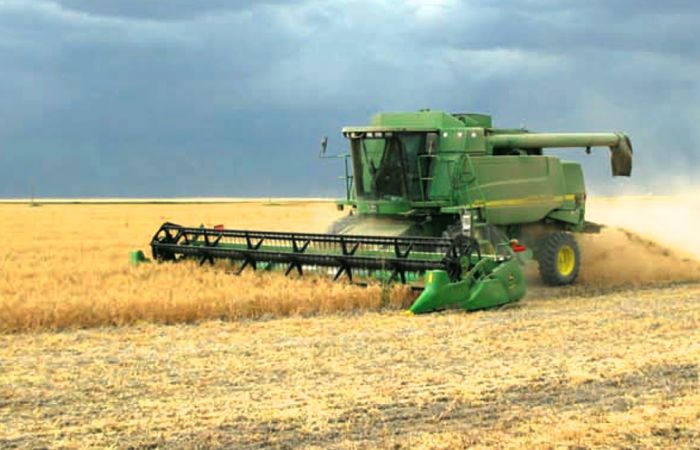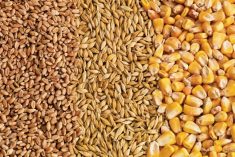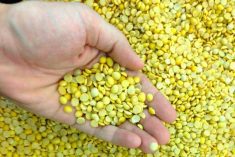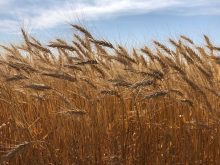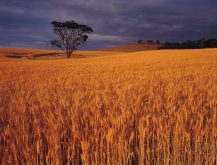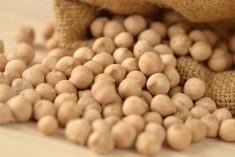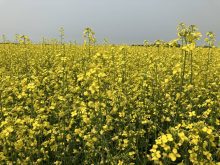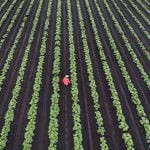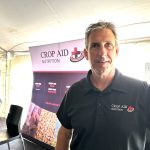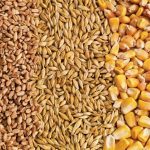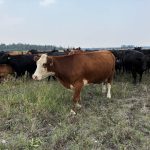Glacier FarmMedia | MarketsFarm — At 12 per cent complete as of Aug. 25, harvest progress in Saskatchewan was well behind the five-year average of 25 per cent finished, the provincial agriculture department reported. Rain and thunderstorms hampered harvesting in some areas of Saskatchewan.
The report said farmers in the southwest continued to lead combining at 23 per cent done while those in the northeast lag at two per cent.
Winter wheat at 70 per cent harvest and fall rye at 66 per cent remained well ahead of the spring crops. Those were led by field peas at 45 per cent combined, followed by 42 per cent of triticale and 35 per cent of the lentils. Next were barley at 17 per cent off the field and then durum at 13 per cent.
Read Also
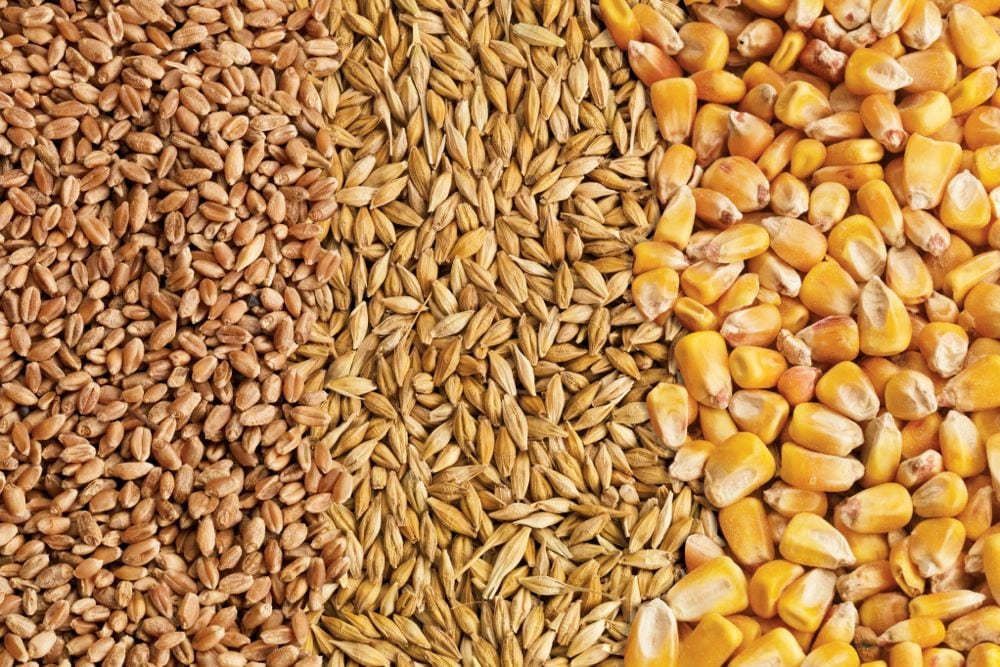
Feed Grains Weekly: Good export demand pushing up domestic prices
Prices for feed barley and wheat have been trending higher lately, said analyst Jerry Klassen of Resilient Capital in Winnipeg.
The remainder of Saskatchewan’s crops were in single digits with oats and chickpeas at eight per cent combined. Spring wheat came in at three per cent complete with canola and canaryseed at one per cent.
Following the rains, cropland topsoil moisture levels rated three per cent surplus, 77 per cent adequate, 18 per short and two per cent very short.
For hayland, the topsoil moisture was three per cent surplus, 66 per cent adequate, 27 per cent short and four per cent very short.
The topsoil on pastures were three per cent surplus, 60 per cent adequate, 31 per cent short and six per cent very short.
Saskatchewan Ag said Bertha armyworms caused minor damage to canola, with more as a result of grasshoppers and other wildlife. Strong winds and hail led to damages in the areas they struck, then hot temperatures and a lack of rain in other areas led to crop stress in dry areas.

